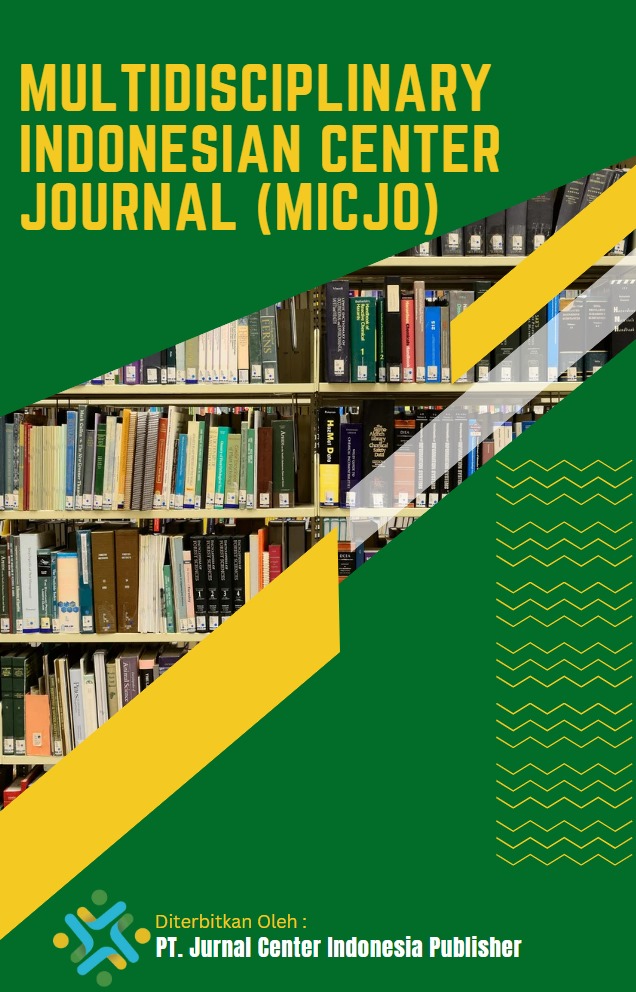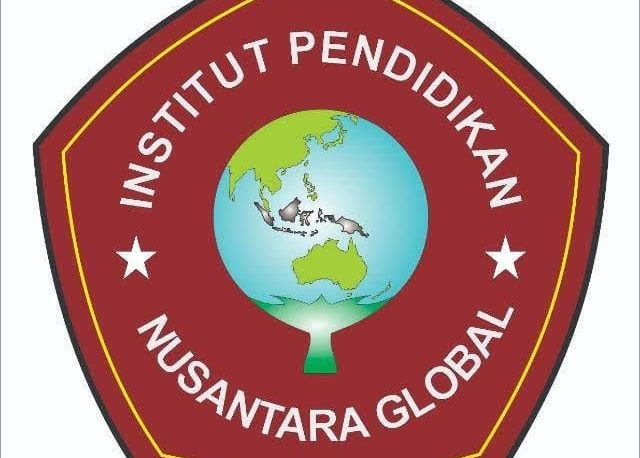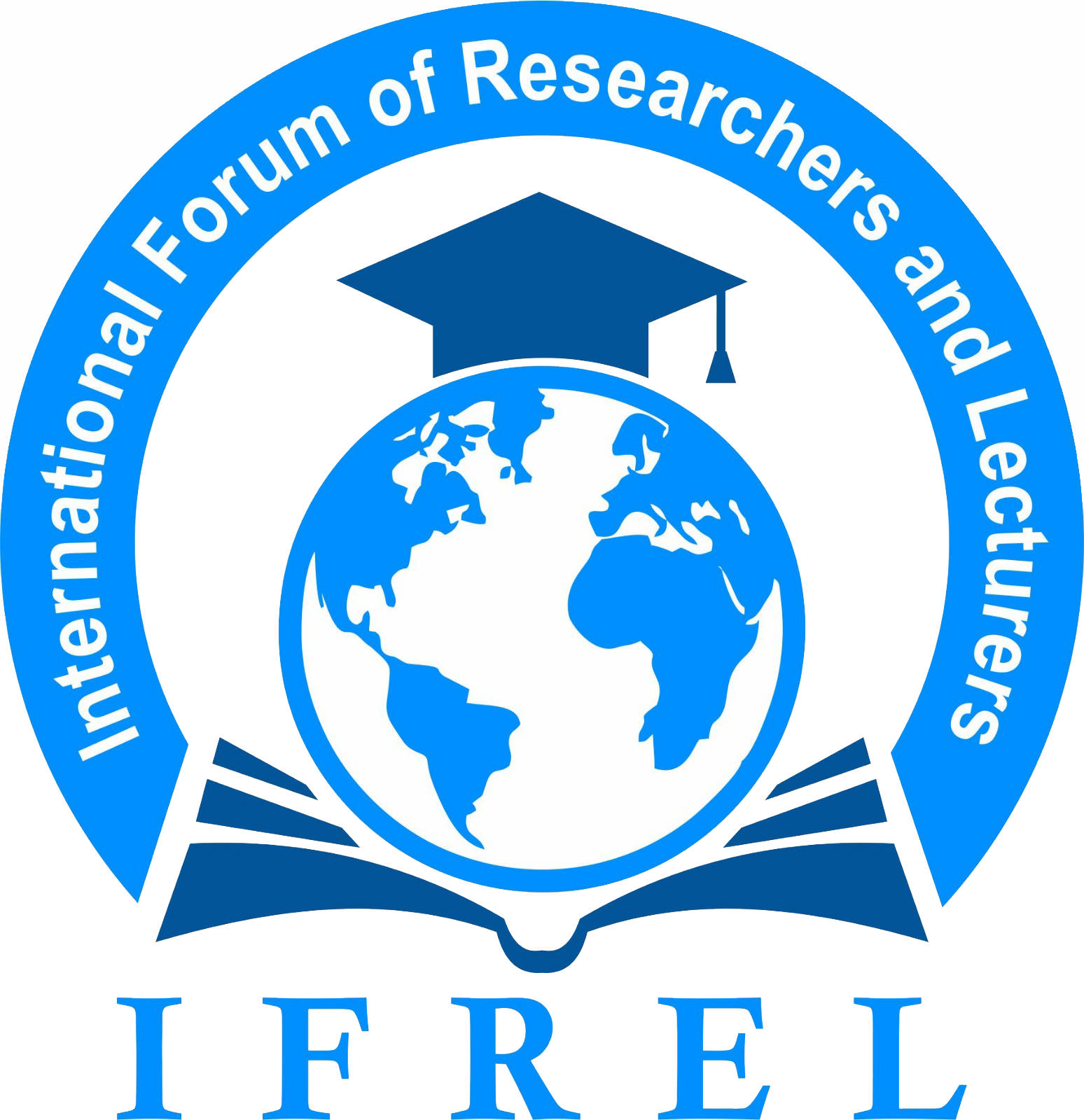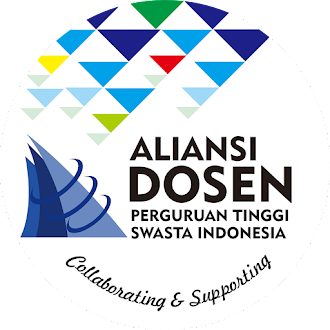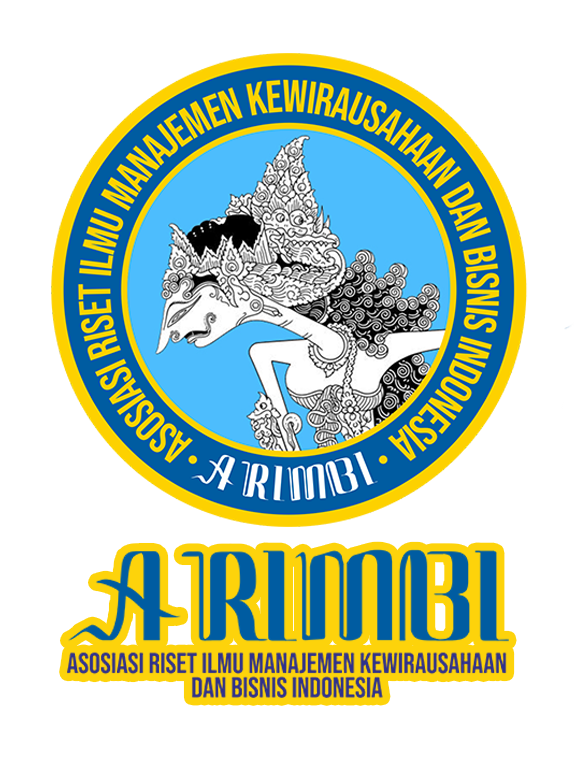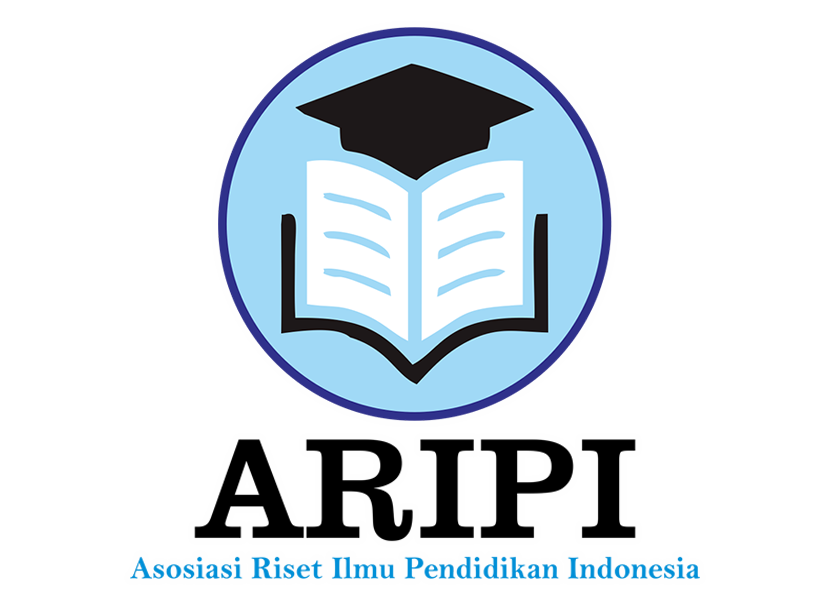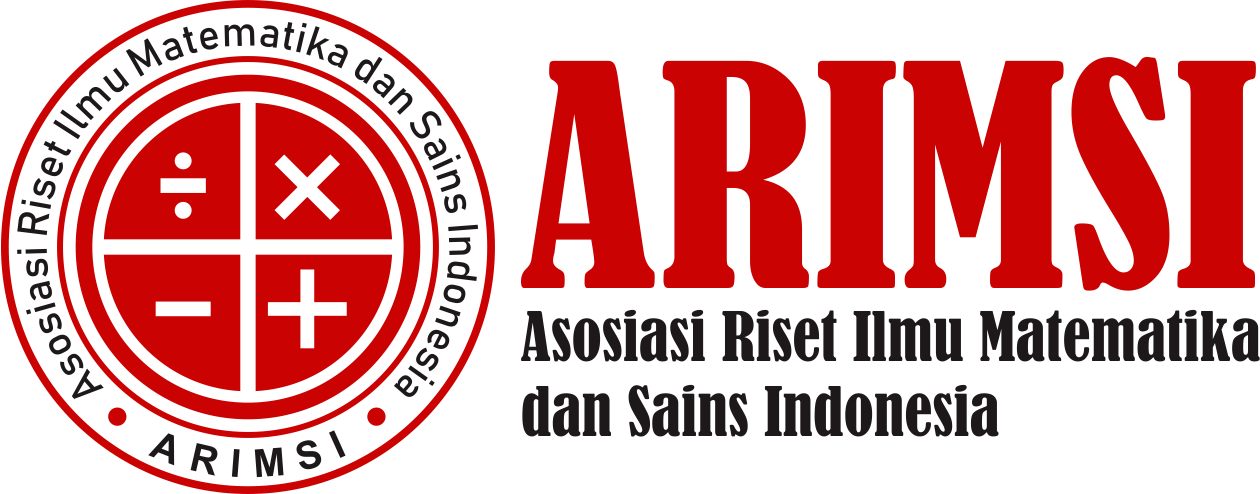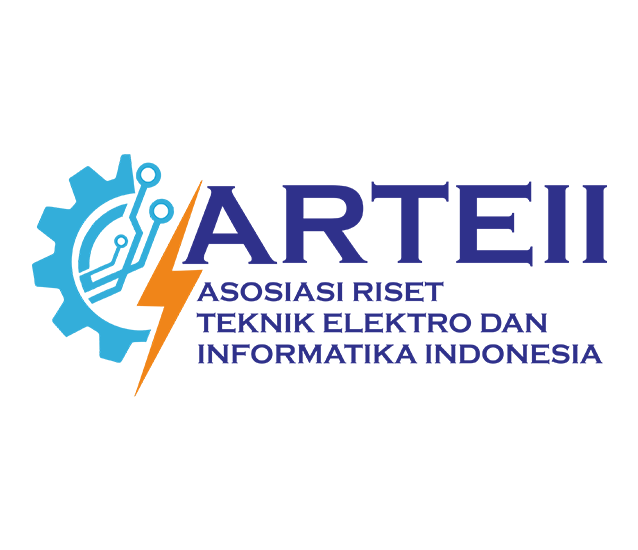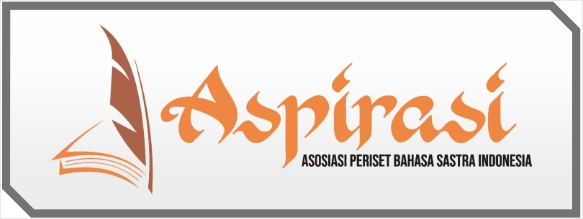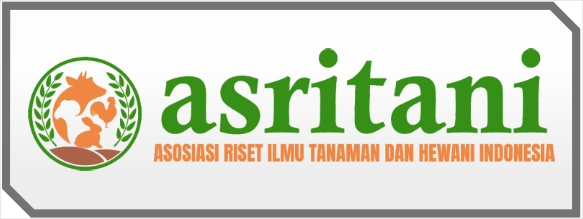PERKEMBANGAN ILMU DI DUNIA ISLAM KLASIK (ABBASIYAH)
DOI:
https://doi.org/10.62567/micjo.v2i1.431Keywords:
Keywords: Development of Science, Classical Islamic World, Abbasid, Mathematics, Medicine, Astronomy, Chemistry, Bayt al-Hikma, Islamic Scientists, Descriptive Qualitative.Abstract
Using a descriptive qualitative approach, this study aims to describe the development of science in the Classical Islamic world during the Abbasid Dynasty (750–1258 AD). Literature studies, interviews with Islamic historians, and observations at historical sites are the methods used. The results of the study show that science made rapid progress during the Abbasid era, especially in mathematics, medicine, astronomy, and chemistry. Translating and disseminating information from Greek, Persian, and Indian civilizations was greatly assisted by centers of knowledge such as Bayt al-Hikma (House of Wisdom) in Baghdad. Famous scientists such as Al-Khwarizmi, Ibn Sina, and Al-Razi made major contributions through their highly influential works, which were then widely disseminated in the West. In addition, this study found that the socio-political conditions and support from the Abbasid caliphs.
Downloads
References
A, A. (2020). Science in the medieval Islamic World. oxford university Press.
Afif, M. (2020). Perkembangan Ilmu Pengetahuan Dan Lahirnya Tokoh Muslim Pada Masa Dinasti Abbasiyah. AHSANA MEDIA Jurnal Pemikiran, Pendidikan Dan Penelitian Ke-Islaman, 06(1), 92. http://journal.uim.ac.id/index.php/ahsanamedia
Dallal, A. (2022). Islamic Science and the Making of the European Renaissance.
Lyons, J. (2019). how the Arabs Transformeed Western Civilization.
Saliba, G. (2021). islamic science and the making of the european renaissance. MIT Press.
Siti, M. (2003). sejarah peradaban islam.
Downloads
Published
How to Cite
Issue
Section
License
Copyright (c) 2025 Putri Rahma Dani, Amril Mansur

This work is licensed under a Creative Commons Attribution-ShareAlike 4.0 International License.

